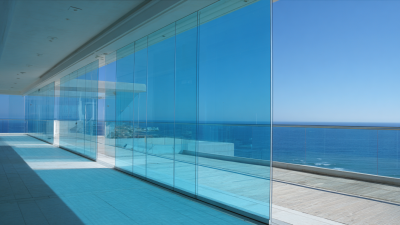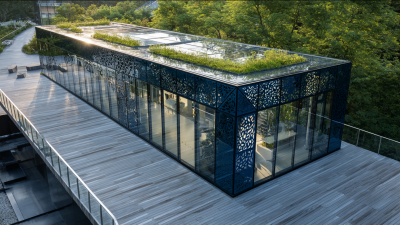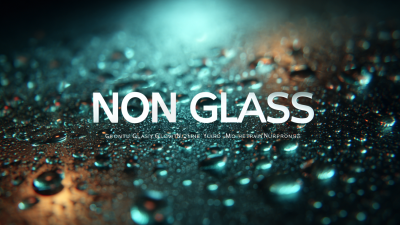
In recent years, the evolution of LED Lighting Glass has transformed the way we illuminate our spaces, combining aesthetic appeal with energy efficiency. According to a report by the International Energy Agency, the adoption of LED lighting in residential and commercial sectors could reduce global energy consumption for lighting by over 50% by 2030. This innovative lighting solution not only provides superior brightness but also enhances the ambiance of modern living spaces.
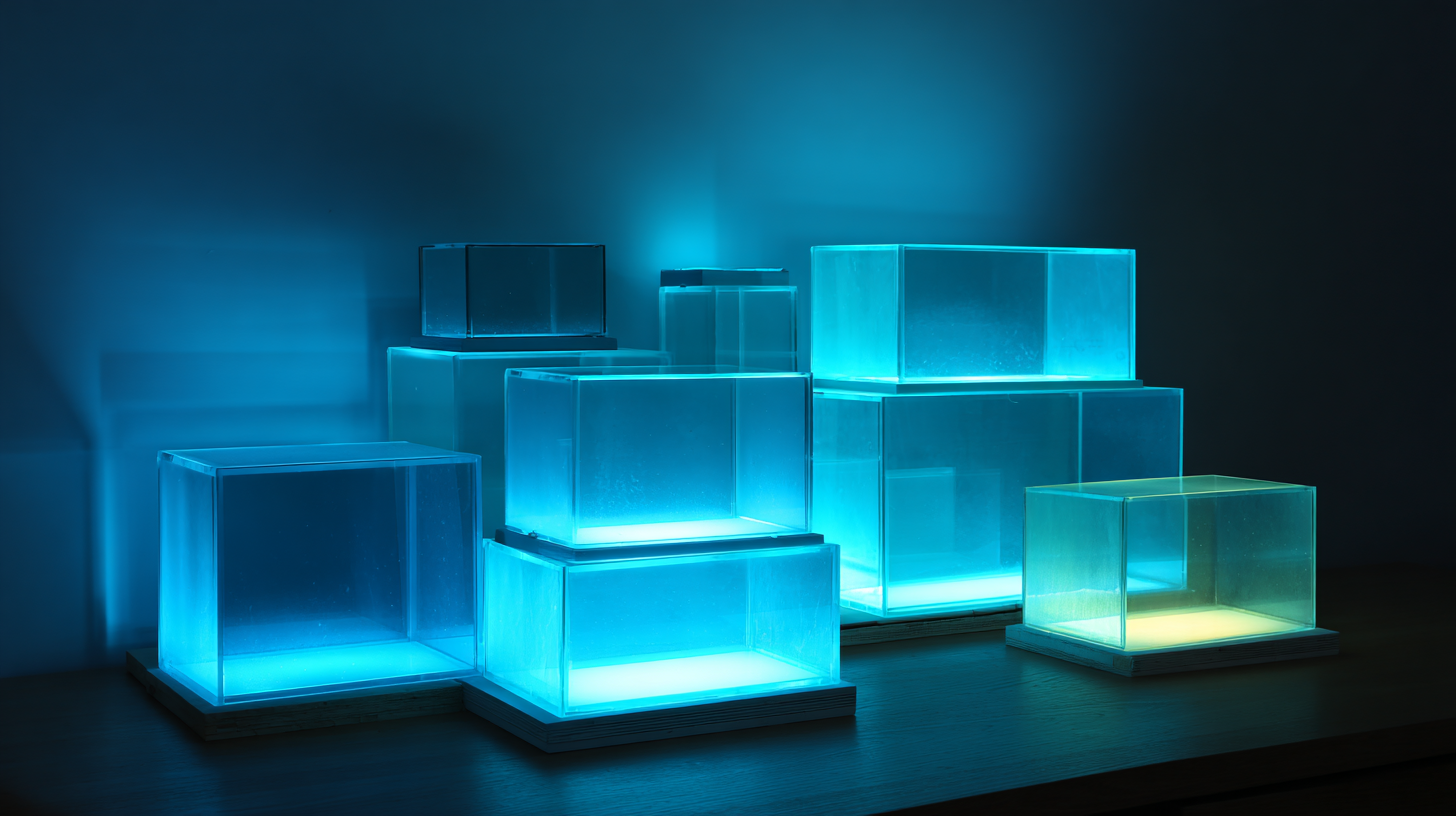 Researchers from the Lighting Research Center emphasize that LED technology can improve color rendering, making environments feel more vibrant and inviting. The integration of LED Lighting Glass offers significant benefits, including longer lifespans and lower maintenance costs, further solidifying its role in contemporary interior design. As homeowners and designers continue to prioritize sustainability, LED Lighting Glass stands out as a vital component in creating dynamic, energy-efficient environments that cater to the demands of modern life.
Researchers from the Lighting Research Center emphasize that LED technology can improve color rendering, making environments feel more vibrant and inviting. The integration of LED Lighting Glass offers significant benefits, including longer lifespans and lower maintenance costs, further solidifying its role in contemporary interior design. As homeowners and designers continue to prioritize sustainability, LED Lighting Glass stands out as a vital component in creating dynamic, energy-efficient environments that cater to the demands of modern life.
LED lighting glass is a revolutionary technology that integrates light-emitting diodes (LEDs) into glass panels, enhancing both aesthetic appeal and energy efficiency in modern living spaces. This innovation is made possible through advanced optics and materials that allow LED lights to be embedded within glass structures, providing uniform illumination and unique design possibilities. According to a report by the U.S. Department of Energy, LED lighting has advanced rapidly, with market penetration reaching over 60% of the overall lamp market as of 2020, emphasizing its growing acceptance and reliability (U.S. Department of Energy, 2020).
The operation of LED lighting glass relies on the principles of electroluminescence, where electrical currents pass through semiconductor materials to produce light. This technology offers significant advantages, such as lower energy consumption—up to 80% less than traditional incandescent bulbs—and an extended lifespan, typically around 25,000 to 50,000 hours. A study from the Lighting Research Center noted that the efficiency of LED technologies significantly reduces greenhouse gas emissions, contributing positively to environmental sustainability while creating beautifully illuminated spaces. By harnessing the benefits of LED lighting glass, homeowners can enjoy visually appealing environments that do not compromise on energy efficiency or eco-friendliness.
LED lighting glass is revolutionizing the way we illuminate our spaces, offering remarkable benefits for energy efficiency and cost savings. One of the standout features of LED technology is its ability to convert a higher percentage of energy into light rather than heat. This efficiency not only reduces electricity consumption but also contributes to a decreased carbon footprint, making it an environmentally friendly choice for modern homes and offices.
Furthermore, the longevity of LED lighting glass cannot be overstated. Traditional lighting options often require frequent replacements, which can lead to significant expenses over time. In contrast, LED lights have a lifespan of up to 25,000 hours or more, resulting in decreased maintenance costs and less waste. Additionally, the versatility of LED lighting glass allows for innovative designs that enhance aesthetics while delivering substantial savings on energy bills. This combination of durability and efficiency positions LED lighting glass as an ideal solution for those looking to transform their living spaces economically and sustainably.
LED lighting glass has become a pivotal element in modern design, offering not only functional illumination but also unique aesthetic advantages. A study published by the American Society of Interior Designers reveals that well-designed lighting significantly enhances the perceived value and appeal of a space, with 80% of designers affirming that lighting plays a crucial role in the overall design narrative. LED lighting glass provides a sleek, contemporary look that aligns perfectly with minimalist and modern interior trends, allowing homeowners to create a memorable ambiance.
Moreover, the versatility of LED lighting glass in design applications is unmatched. According to a report from the Lighting Research Center, LED technology can achieve over 90% efficiency compared to traditional lighting systems, while offering a variety of colors and effects that can elevate the visual experience. This adaptability empowers designers to play with shadow and light, leading to innovative configurations that can transform mundane environments into captivating spaces. With options ranging from frosted finishes to colored glass, the possibilities for creative expression in both residential and commercial venues are endless, making LED lighting glass an essential tool in modern interior design.
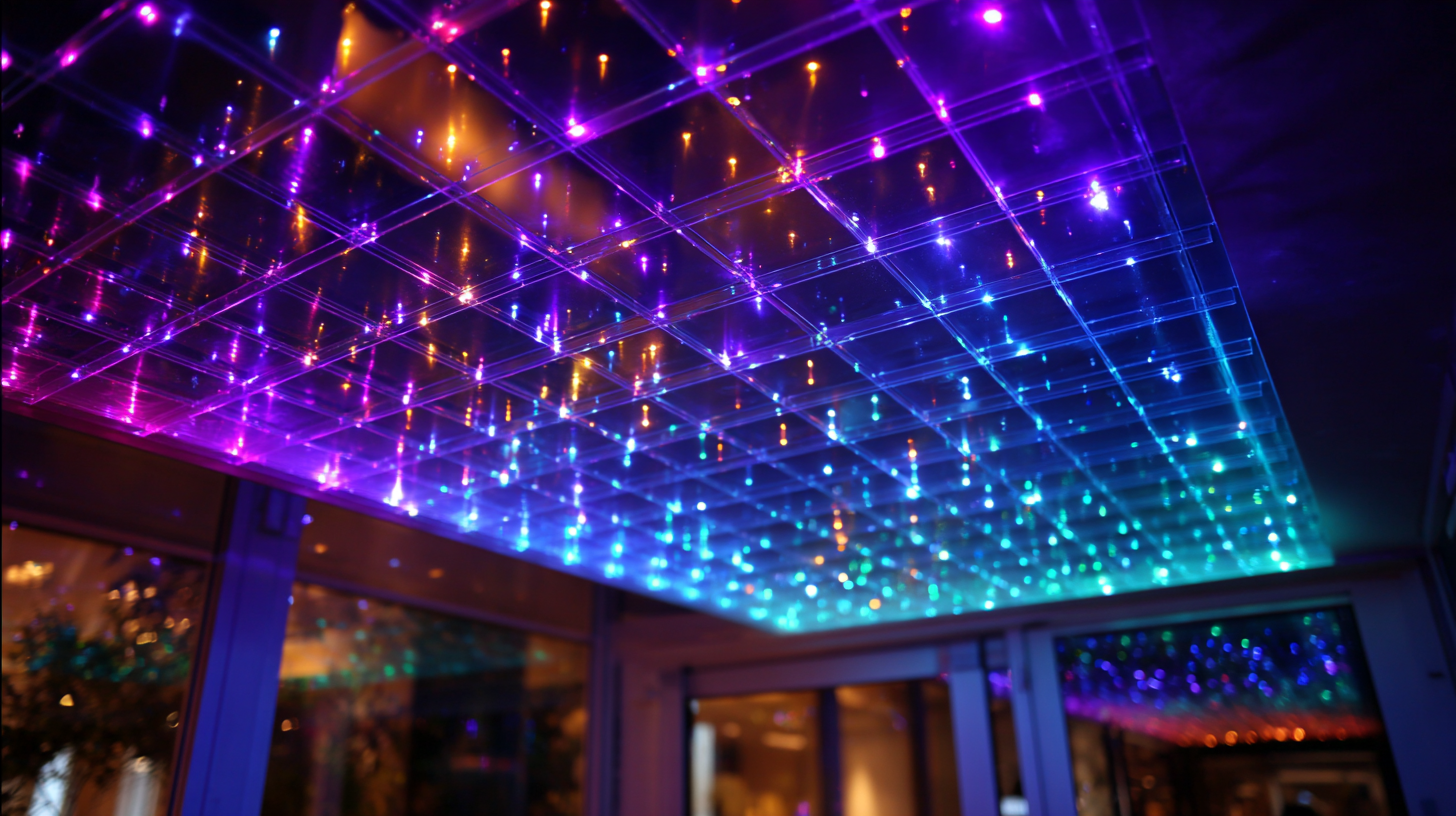 In modern architecture and interior design, LED lighting glass emerges as a transformative element, enhancing the aesthetic appeal while providing functional benefits. This innovative material can be applied in various spaces, such as residential homes, commercial buildings, and public areas. According to a report by the International Energy Agency, LED technology can reduce energy consumption by up to 75% compared to traditional lighting solutions, thus offering not only a sustainable option but also significant cost savings over time.
In modern architecture and interior design, LED lighting glass emerges as a transformative element, enhancing the aesthetic appeal while providing functional benefits. This innovative material can be applied in various spaces, such as residential homes, commercial buildings, and public areas. According to a report by the International Energy Agency, LED technology can reduce energy consumption by up to 75% compared to traditional lighting solutions, thus offering not only a sustainable option but also significant cost savings over time.
One of the key application areas for LED lighting glass is in creative working environments, where the quality of light can significantly influence productivity and mood. Utilizing this technology in office spaces promotes a vibrant atmosphere that can enhance employee engagement and creativity. Moreover, in retail design, LED lighting glass can highlight merchandise attractively, improving customer attention and increasing sales. Research by the National Retail Federation indicates that well-lit displays can boost impulse purchases by as much as 30%.
Tips: When integrating LED lighting glass into your space, consider the color temperature of the lights to create the desired ambiance. Warmer tones can foster relaxation, while cooler shades often promote focus and alertness. Additionally, using dimmable LED options can further enhance versatility, allowing spaces to transition seamlessly from day to night settings.
In recent years, the adoption of LED lighting glass has surged as homeowners and businesses alike recognize its vast benefits. According to a report from the U.S. Department of Energy, LED technology is projected to represent 75% of the total lighting market by 2030, illustrating a significant shift toward energy-efficient solutions. This trend isn’t just about energy savings; it also indicates a growing preference for design versatility and aesthetic appeal that LED lighting glass can provide.
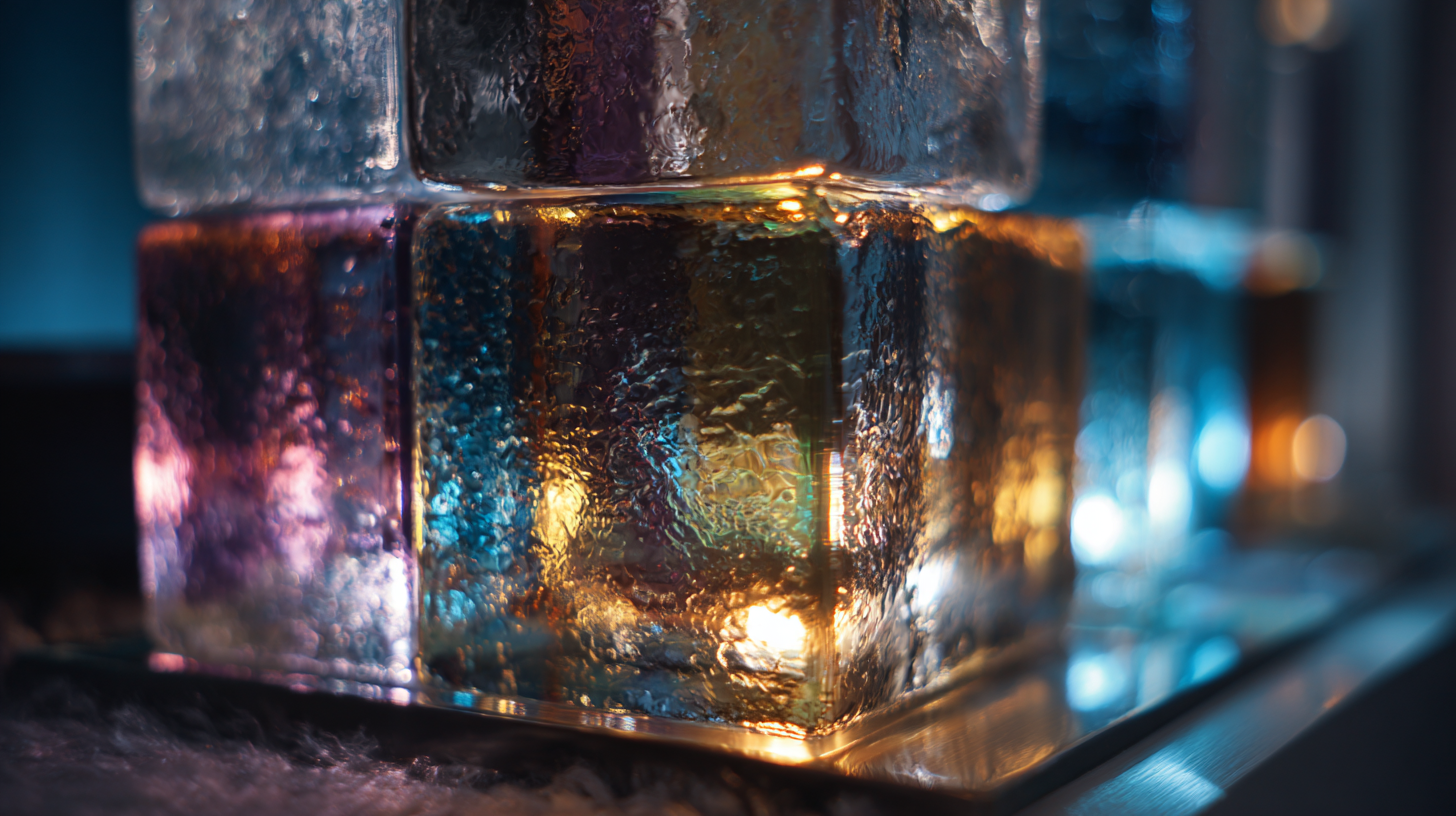
Statistical insights reveal that the global LED lighting market was valued at approximately $50 billion in 2020 and is expected to reach over $100 billion by 2026, exhibiting a compound annual growth rate (CAGR) of around 12.3%. This rapid growth emphasizes the increasing reliability and popularity of LED products, particularly in modern living spaces. Furthermore, a survey conducted by the Consumer Electronics Association indicated that 65% of consumers prioritize energy efficiency when selecting lighting solutions, reinforcing the crucial role of LED technology in contemporary home and commercial design. As we continue to transform our spaces, LED lighting glass stands out as a pivotal element, merging functionality with aesthetic innovation.

